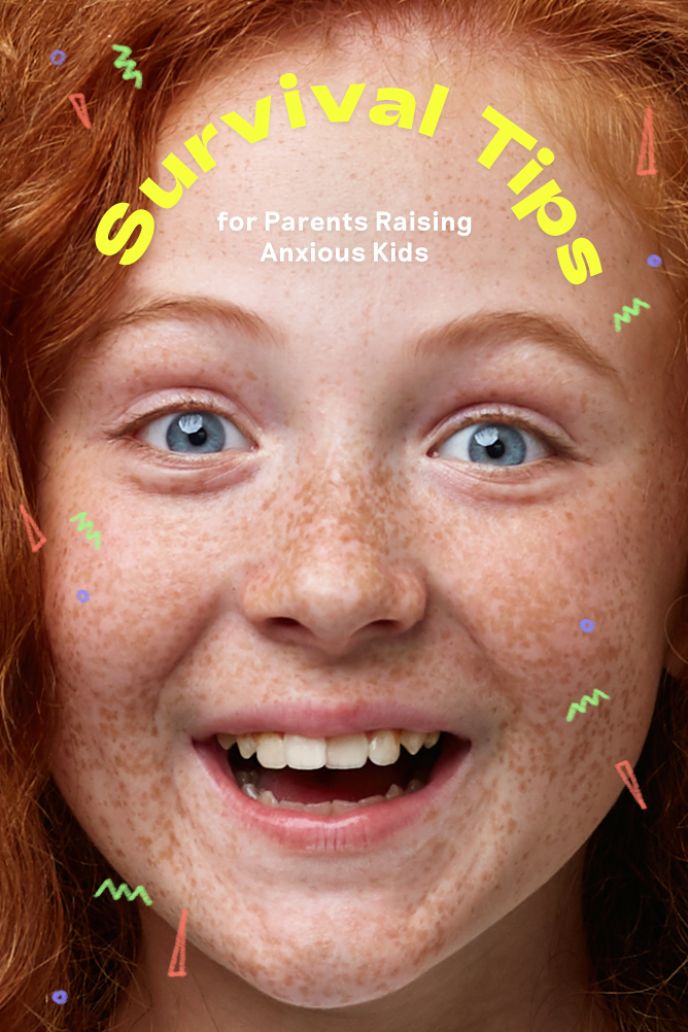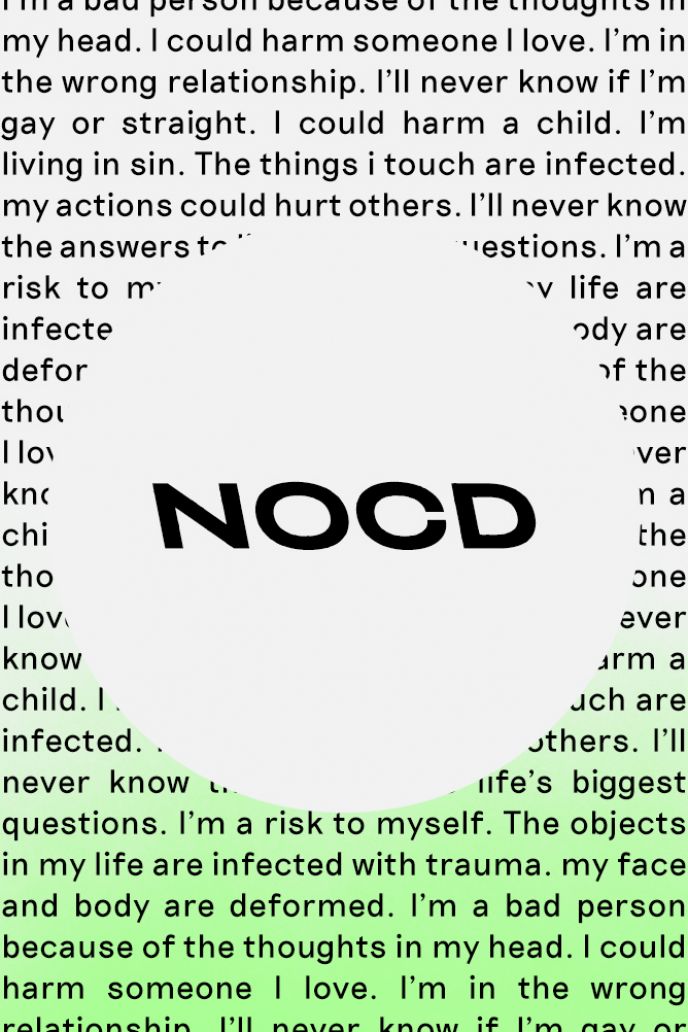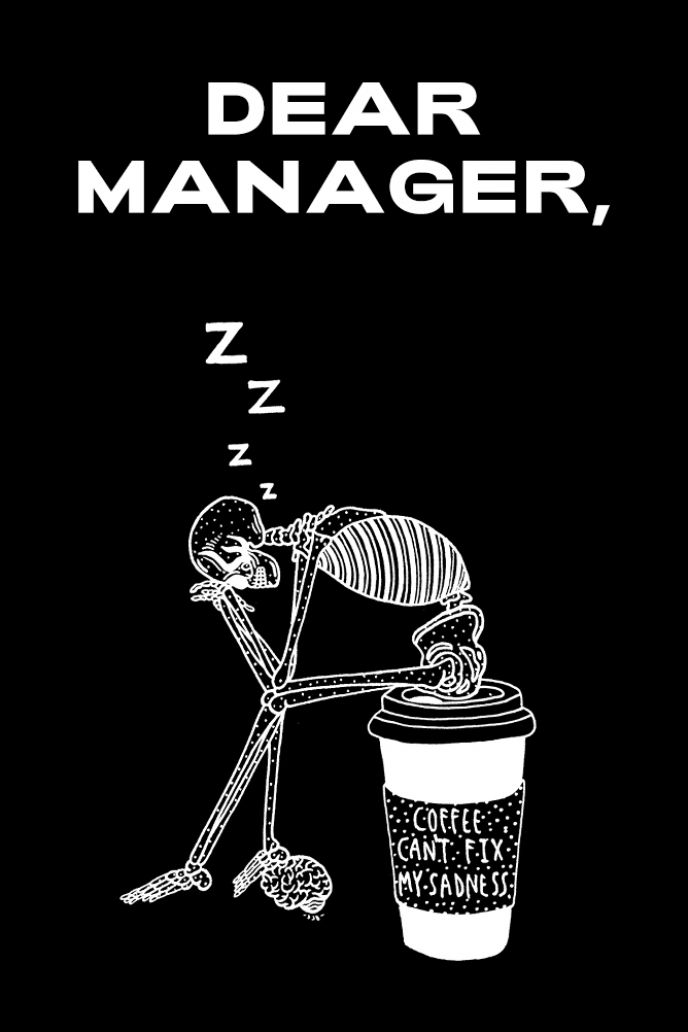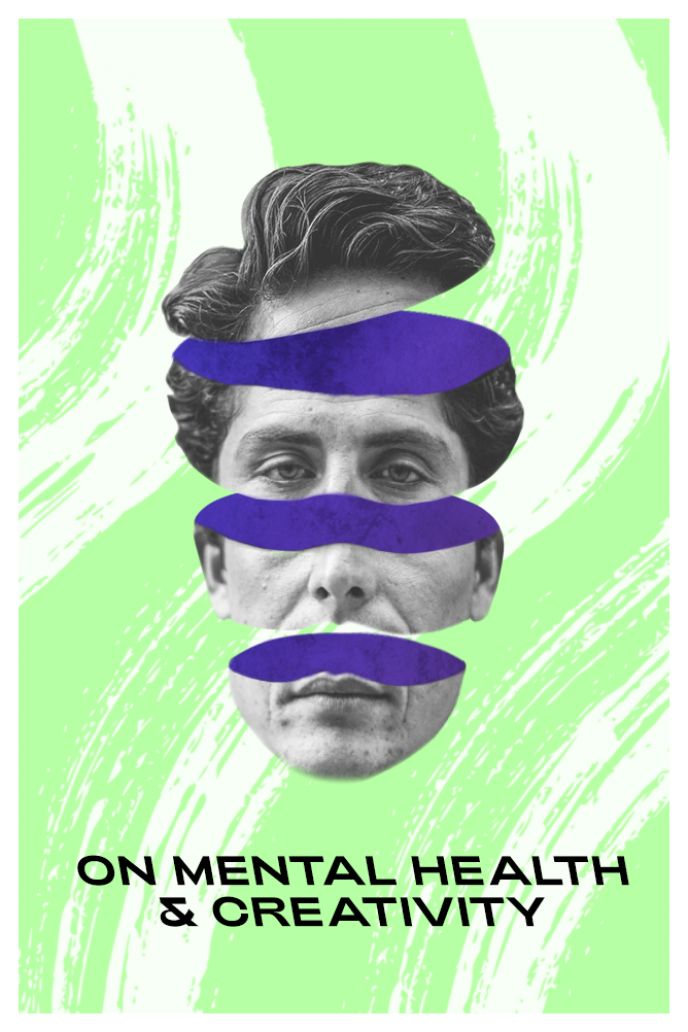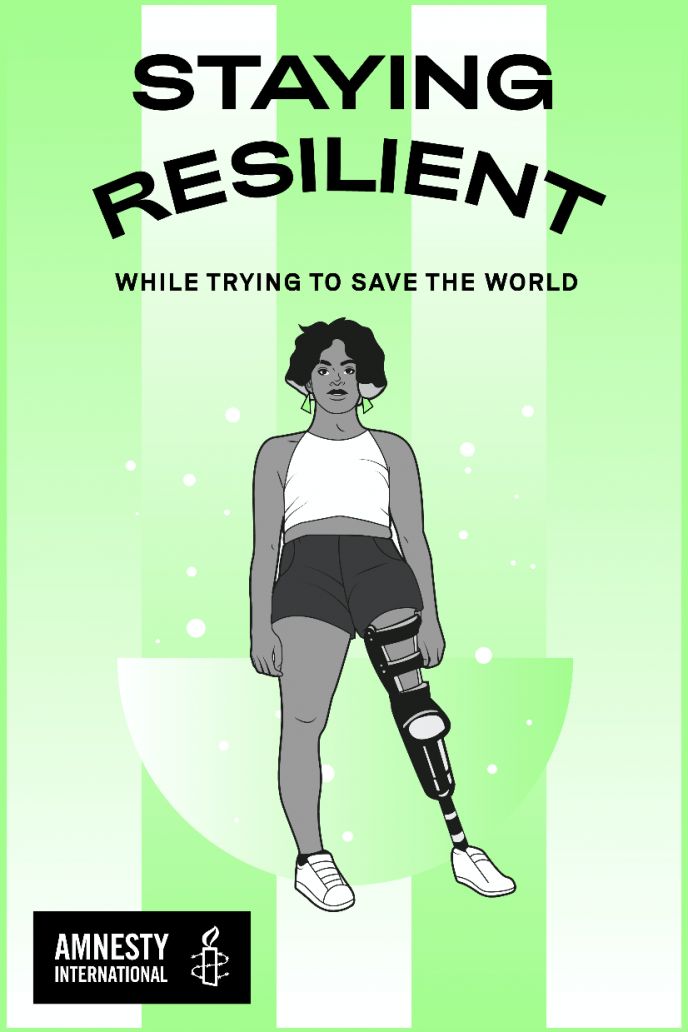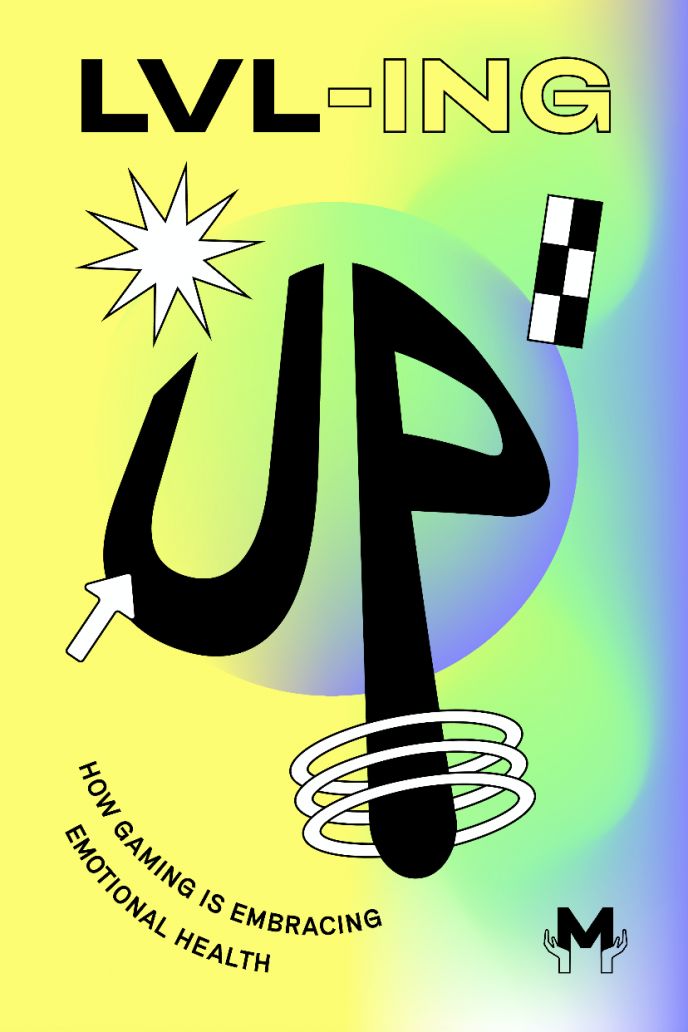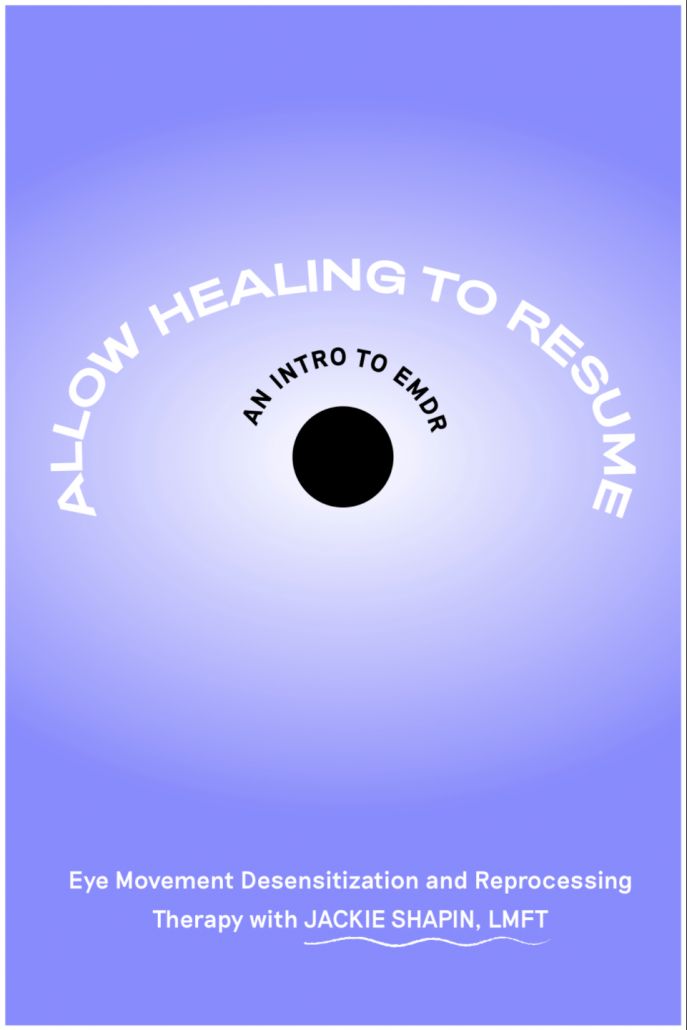Burying The Lead
My journey of learning the truth, and becoming brave enough to tell it.
Written by Paola Singer
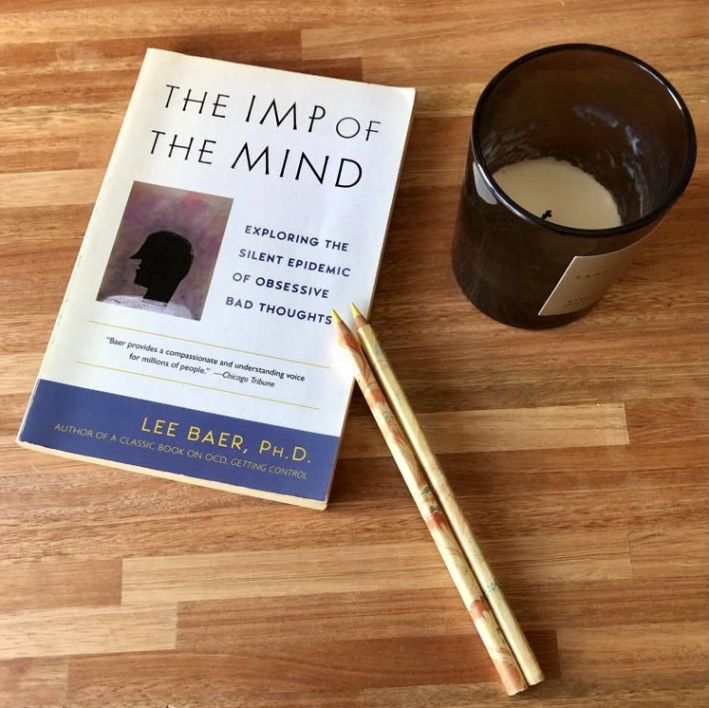
01 Paola has experienced intrusive thoughts since the age of 19. While they started out atypical, they soon switched over to more taboo themes, such as sexual orientation OCD.
02 After several years of struggling with intrusive thoughts, she read the book “The Imp of The Mind” by Dr. Lee Baer, which made her realize she had OCD.
03 As a graduate student, she interviewed Dr. Baer for an assignment. While she failed to mention to him just how impactful his work had been on her, she is now open about her OCD and able to tell her story.
When I was in graduate school studying to become a journalist, I wrote an essay about intrusive thoughts — distressing, unwanted thoughts that can become trapped inside a person’s mind, playing on a loop. This subtype of OCD doesn’t involve visible compulsions such as repetitive hand washing or light-switch flicking. It is invisible to the eye, and because the thoughts are almost invariably dark, scary and shameful, they are vastly underreported and often left untreated for years, if not forever.
I was very diligent in researching this subject for my college assignment. I interviewed the foremost expert on intrusive thoughts at the time, Dr. Lee Baer, who was a professor at Harvard University. I found a sufferer willing to give her testimony, a woman who was deeply tormented with thoughts about pedophilia. I submitted a better-than-average class assignment, but as they say in my profession, I had buried the lead. I failed to mention that my interest in the matter stemmed from having struggled with intrusive thoughts myself, and that Dr. Baer had been hugely influential in my life.

Dr. Phillipson Talks Science, Symptoms & Treatment of OCD
The thoughts started suddenly when I was 19. I began to fear, with disturbing intensity, that I would run into a person with whom I’d had a falling out. Granted, the falling out had been stressful, but a so-called “normal" mind might have been able to worry about the situation with moderation — not me. Every time I stepped outside, I feared this person would bump into me at a restaurant, gas station, classroom, bus stop, supermarket or hair salon. The tension and discomfort of this possibility followed me like a shadow for months.
One night, while hanging out with two close girlfriends, I burst into tears and confessed what was happening to me. I told them that I might be going mad. They were disarmingly kind to me, in the way girlfriends can be. Pretty soon, I started seeing a therapist for the first time. The doctor was intelligent and compassionate, but did not have the training required to treat my specific condition. I would not learn about “Pure OCD” for another seven or eight years.
The content of my first intrusive thought was atypical. People usually struggle with inappropriate aggressive, sexual or religious thoughts, so even a specialist might have hesitated to diagnose me back then. But soon enough, my thinking veered into the usual categories.
One day, I was at the beach with a good friend. We were relaxing under the sun, splayed out on a towel and chatting happily about some nonsense when I suddenly noticed that she had lovely full lips. In a split second, my mind seized this perfectly pleasant moment and turned it into a fear that I might be gay. At the time, I had a massive crush on a boy, but no matter. Though my fear made little sense, and I was not raised to fear or reject homosexuality, this idea grabbed me by the throat and would not let me go.
I have a photo of myself from that time, sitting at an outdoor table next to my beloved grandmother at our little summer house. I look withdrawn and exhausted. I remember feeling trapped inside my mind that day, noticing the beautiful weather, the nice food, the loving company, and being pitifully unable to enjoy any of it. Intrusive thoughts do not allow you to live in the present; they can obliterate even the finest of moments. Paradoxically, intrusive thoughts do not impair your rationality, so you not only have to suffer through your weird frightening thoughts, you also get to be fully aware of how senseless it all is. It was torture.
Although I made progress in therapy — building my self-confidence, learning about my family’s dynamics, understanding how my childhood had affected me — my unusual and intense thoughts kept their drill, on and off again, year after year.
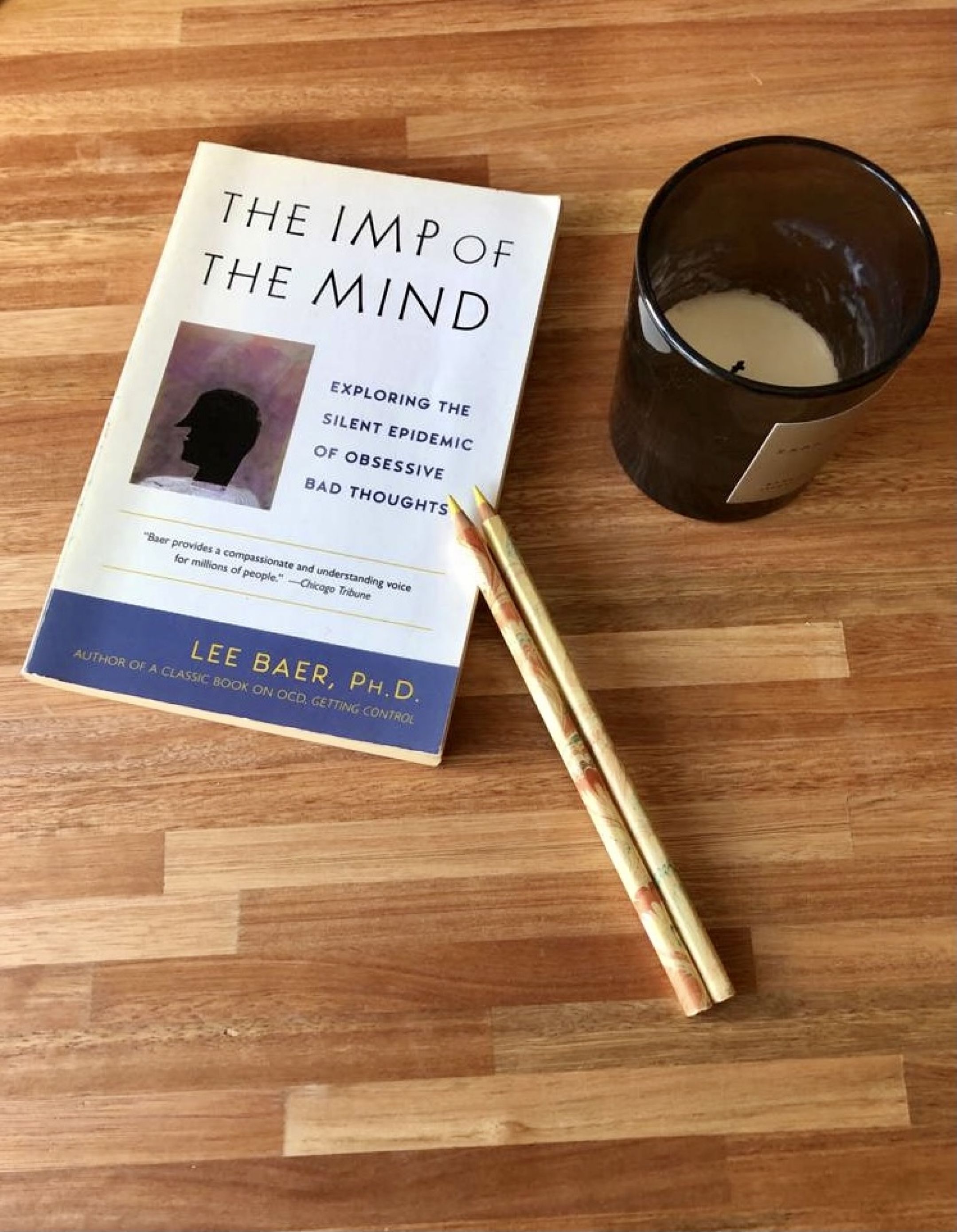
Then one day, around 2002, I was idly browsing Amazon when I came across a title that caught my eye: “The Imp of the Mind: Exploring the Silent Epidemic of Obsessive Bad Thoughts” by Dr. Lee Baer. I ordered the book immediately, not really knowing much about its contents or its author.
Dr. Baer, a researcher and psychologist at Massachusetts General Hospital, described working with: a young mother who had terrifying thoughts about harming her newborn baby, a young man who had disturbing sexual thoughts about animals, a priest who feared being unable to stop looking at women’s genitals, and an older woman who became nearly paralyzed by the thought of throwing her grandchildren off a bridge.
“I tell these patients that the very fact that they feel so upset, so ashamed, and so guilty about their thoughts should give them faith that they will never act on their thoughts,” wrote Baer. “The turning point to recovery for some patients can be telling them that it is perfectly normal to have bad thoughts from time to time, and that trying to suppress these thoughts is what can turn them into problems.”
Baer explained that people with strict upbringings or a strong sense of morality are an easy prey for OCD. He also observed that children who are highly sensitive can become afraid of expressing strong emotions and therefore engage in thought suppression from a very early age.
Reading this book was revelatory. It made me realize that I wasn’t crazy, and more importantly, that I wasn’t alone. The day I learned I had a run-of-the-mill case of intrusive thoughts was the beginning of my long and winding path to wellness. Pure OCD never really goes away, not in my experience, but it can get a whole lot better. Understanding what is happening with our minds is a big step; acceptance is an even bigger one.
When I visited Dr. Bear in his office to interview him for my college assignment, I wish I would have told him how much his book had meant to me and how important his pioneering research has been. But back then, I was still ways away from loving myself fully, mental glitches and all.
It’s too late to thank Dr. Baer personally — he passed away in 2017 — but it’s not too late for me to tell the truth: I have OCD, and I’m done burying the lead.
Support our work
We’re on a mission to change how the world perceives mental health.


